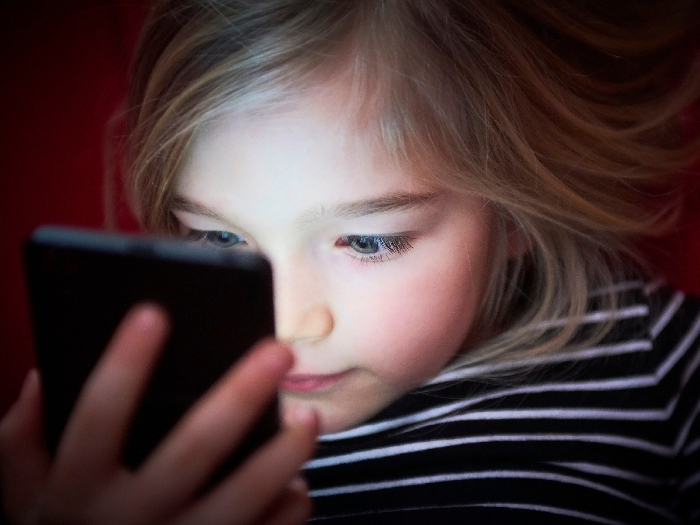Fake news and misinformation can start small and have multiple sources. One of them could be us. A new study concludes that our biases could lead to us constructing our misinformation and spreading it further, all the while believing it is true.
The conclusions were based on two separate studies conducted by the same team of researchers at Ohio State University. The first study involved 110 participants who were presented with written summaries, including numerical data, of four social issues. After the participants had read the data, they were asked to write down the relevant numbers. They were not asked to memorize these numbers but were suddenly asked to retrieve them from memory. [1]
The second experiment involved a game a ‘telephone’. The participants were supposed to recall the numerical details and then pass it on to the next person.

With both these studies, the team noticed that people tended to mold information to fit their own biases. For example, if people believed that the number of Mexican immigrants to the US has increased, they continued to believe so despite what the numbers presented said. Moreover, they interchanged the numbers in their memory and believed so, if it served their biases.
“People can self-generate their own misinformation. It doesn’t all come from external sources,” said Jason Coronel, lead author of the study and assistant professor of communication at Ohio State University. “They may not be doing it purposely, but their own biases can lead them astray. And the problem becomes larger when they share their self-generated misinformation with others.”
The study acknowledges limitations that the structure of games such as ‘telephone’ does not capture the features of real-life conversations. Also, the participants might have remembered better had they been briefed about why the numbers did not match the expectations.
The paper has been published in the Human Communication Research journal. [2]
